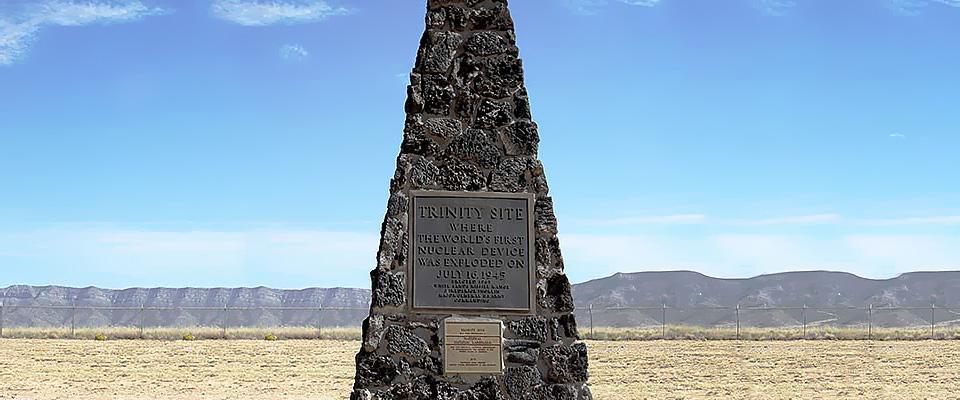Today Frank Bruni, The New York Times’ former restaurant reviewer and now one its general-purpose pontificators, wrote a column calling on us all to eat invasive species.
And so we should. There are many fine reasons to do so, as Bruni notes. Invasive species disrupt local ecology and they threaten the survival of native species. Also, it fits with one of the basic moral principles we try to instill in humans starting in toddlerhood: Clean up your own mess. There critters would not be causing problems if humans hadn’t introduced them. [Image © Les Editions Albert-René/Goscinny-Uderzo]
I can’t speak to the flavor of the prolific asian carp in the Mississippi river (which some are trying to rebrand as Kentucky tuna) nor the ruinous lionfish in the Caribbean (said to make tasty ceviche once the venomous spines are removed). But I am bang alongside Bruni on wild boar.
Wild boar is leaner and more flavorful than domestic pork —admittedly, though, it’s also a bit tougher. The lack of fat makes it hard to soften on a barbecue, so I would recommend slow cooking in liquid. It’s delicious in chili and possibly even better as crock pot carnitas.
Put a roast of feral pig in the crock pot for a few hours with a jar of salsa verde, a chopped onion, oregano, salt, pepper, and enough stock to cover it. When it’s tender enough, shred the meat with a fork, splash it with olive oil and broil it until it’s slightly crispy. And if you’ve reserved the liquid in the crock pot, you can cook it down into a sauce. Trust me: These will be the best tacos you’ve ever had at home.
Of course, there is the small matter of obtaining your wild boar. Bruni doesn’t mention it, but given the mishmash of regulations about selling wild game, the best way to be sure you’re eating a truly wild and destructive pig is to go out there and hunt it yourself.
And also, let us not forget the fox squirrel, which is not native to California but is delectable when braised.
—Brendan Buhler



















